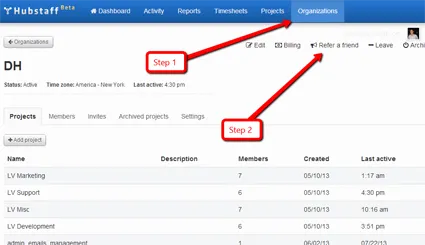11 Terms Everybody Ought To Know About Customer Referral Programs

We’re back with another round-up of terms you should know about customer referral programs. We’re showing you the key differences between referral, advocacy and affiliate software. Which can get confusing, so stay with us! They do seem like the same thing…but trust us…they aren’t.
We’re also going to take a deep-dive into some of the key referral program terminology you should know if you’re looking to get one of your own up and running.
Customer referral program software
A customer referral program is a systematic way that you can drive referrals from your customers to new customers. Customer referral software is an automated solution for companies looking to encourage their existing customers to tell their friends’ about their product, their service or their company. Our solution powers the entire referral process from the customizable widget, unique link tracking and reward fulfilment.
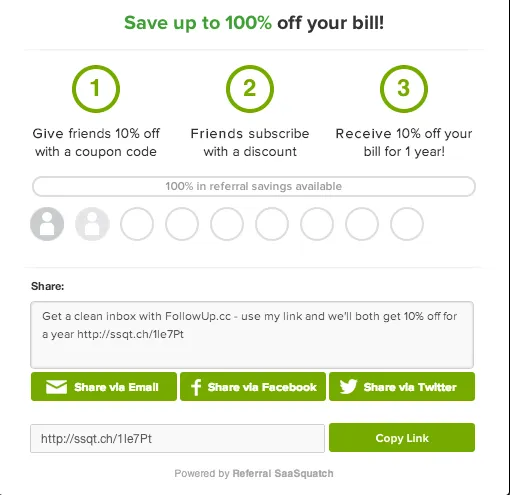
Brand advocate software
A brand advocate is a person who talks about a brand or company, then shares that positive WOM about the brand with other people. There are products on the market that help you harness that WOM with customized portals that reward people with gamification and incentives for completing tasks like writing product reviews or sharing content. This solution helps companies achieve more top of funnel brand awareness goals.
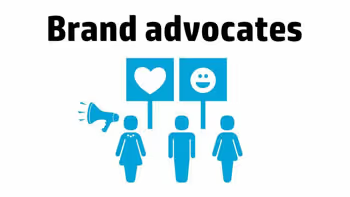
Affiliate software
Affiliate marketing programs are ways companies can hire third party sellers to work for a bounty for driving sales (CPS), specific actions(CPA) or impressions(CPM). When you are looking to start an affiliate campaign there are two routes you can take. One option is to work with an affiliate network like Neverblue, who have their own base of affiliates in a marketplace of offers in specific verticals. Another option is to work with an affiliate software vendor like HasOffers, where you can run the program yourself by recruiting and managing your own affiliates.

Lifetime value of a customer
This is a common term in web acquisition, so you best pay attention! Simply put, the lifetime value of a customer is how much they are paying you multiplied by how long they stay with you.
For example, you have a customer paying you $50 per month and they stay with you for 18 months –
Their LTV is $50 x18 months = $900
Clearly this is a very important calculation to stay on top of if you work in SaaS. It can help guide not only your acquisition efforts but as well as retention and customer success efforts.

Marketing automation
What exactly is marketing automation? Well, if we look at the leading marketing automation companies like Marketo, HubSpot and Eloqua. It’s companies that build all-inclusive platforms that manage the entire online marketing funnel and help reduce the amount of man-hours required to build/deliver/analyze online marketing campaigns. Though these are just the leading enterprise platforms, there are many SMB/SME marketing automation products on the market focused on one specific channel or process.
Darin Brown, VP Marketing at Excelerate did a great job summing up exactly what marketing automation is.
“That’s why the “automation” in marketing automation can be misleading—because it’s about more than automating tasks. It’s about bringing together your data, channels, and relationships to connect with your customers…”

Program visibility
This is the term we use when our clients are deciding on where to place your customer referral program within your UX. It’s a crucial part of optimization and is sometimes overlooked by most in-house solutions. We recommend putting your referral program right in front of your users wherever possible. However, some clients are worried that this will disrupt the users’ product experience. Our data shows that users don’t mind being reminded about referral programs and are happy to refer because they genuinely like the product they are using especially if there is an incentive attached. For example check out how Strikingly used a dancing cat to double their referral programs’ conversion rate.
Participation rate
Your participation rate is your average number of monthly users that are taking part in your referral program. So they’ve seen the referral program and copied their unique link and sent out a referral. They’ve done something to start the referral process. Now this isn’t necessarily the number of referrals they’re sending, this is a metric showing that they have sent a referral.

Impression rate
The impression rate is your average number of people that have seen the referral program. It’s a brand awareness metric which shows how many people have become aware of your referral program by clicking on a link or seeing it shared on social channels. The idea that people are looking at your product and you’re potentially top of mind when they have a need for a product can help achieve more top of funnel goals like brand awareness so it’s an important metric to track.
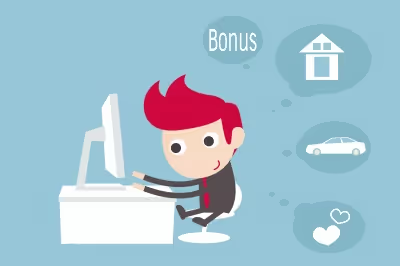
Referral rate
The referral rate is the metric that tracks how many referrals are being made in your program. This metric lets you understand the overall performance of the referral program and how you can improve its’ performance. You could have 1 participant making 30 referrals, or you could have 7 participants only making 1 referral.
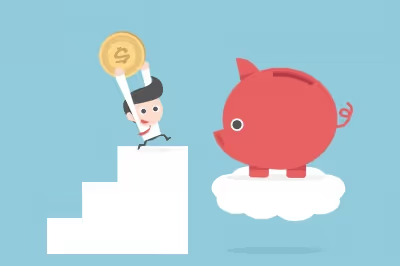
Response rate
The response rate is the metric that tracks how many people clicked on the referral link and converted into at least a trial signup or email address submission. It isn’t going to be people who ultimately get to the point of a conversion, but they’re showing more intent than someone just clicking on your referral link that was sent out.

Wrapping Up
There you have it!
11 terms everyone should read about customer referral programs. I hope you learned something new about the key differences between referral, advocate and affiliate software. As well as the different referral program metrics that you should be tracking and how you can use them to make your program best-in-class.
Image courtesy of gameanna/freedigitalphotos.net
